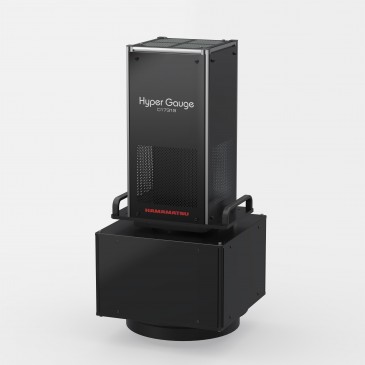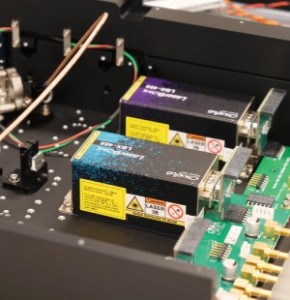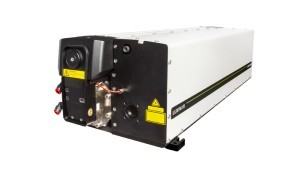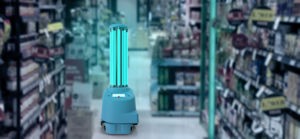
Ultraviolet (UV) light – and, more specifically, UVC light between 200 and 280nm – has been used for germicidal irradiation for decades, primarily in laboratories, medical facilities, and water treatment. Since the novel coronavirus, COVID-19, became a worldwide pandemic and as each new variant brings fresh concerns, there has been an augmented demand to make this technology more accessible.
Specifically for automated UVC disinfection systems, employment within public sector buildings – such as hospitals and other medical clinics – is rife. Often, manual cleaning alone in healthcare environments such as these is not enough to kill pathogens; therefore, UVC sterilisation and disinfection has been a time-efficient method of decontamination for some time. However, following the rapid spread of the virus, more and more medical environments have sought this technology and additional premises within the public realm are continuing to turn to this solution.
Amidst this widespread wave in need for UVC disinfection in newer establishments, Knight Optical has been working with leading manufacturers of these systems more closely and frequently than ever before. The leading optics specialist has witnessed that the golden thread that runs through the most high-performing systems is on-spec, Metrology-tested optical components.
Building UVC Systems
To produce a typical system, a UVC light source needs to be used that works within this 200 to 280nm range. Ordinarily, this would be a mercury lamp transmitting at 254nm. Yet, this wavelength poses its own risks to humans, as it penetrates through skin and eyes and damages human cells alongside any bacteria and viruses. However, research has shown that far-UVC wavelengths between 207 and 222nm still inactivate pathogens but do not penetrate deep enough into active skin layers1 to damage human cells. This means that there has been a shift in developing far-UVC sterilisation systems in recent years as they can be functioned safely by humans (for manually operated systems) and used in high-traffic areas. KrBr and KrCl excimer lamps would be used, rather than a mercury lamp, with operating wavelengths of 207nm and 222nm, respectively.
Choosing The Right Components
Both automated and manual UVC Sterilisation and Disinfection systems require optical components that transmit or reflect within these UVC and far-UVC wavelengths.

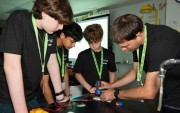




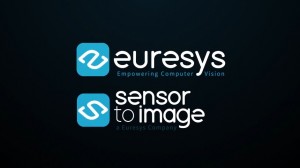






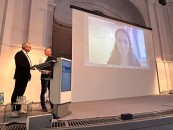

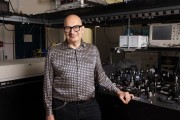




















 Back to News
Back to News